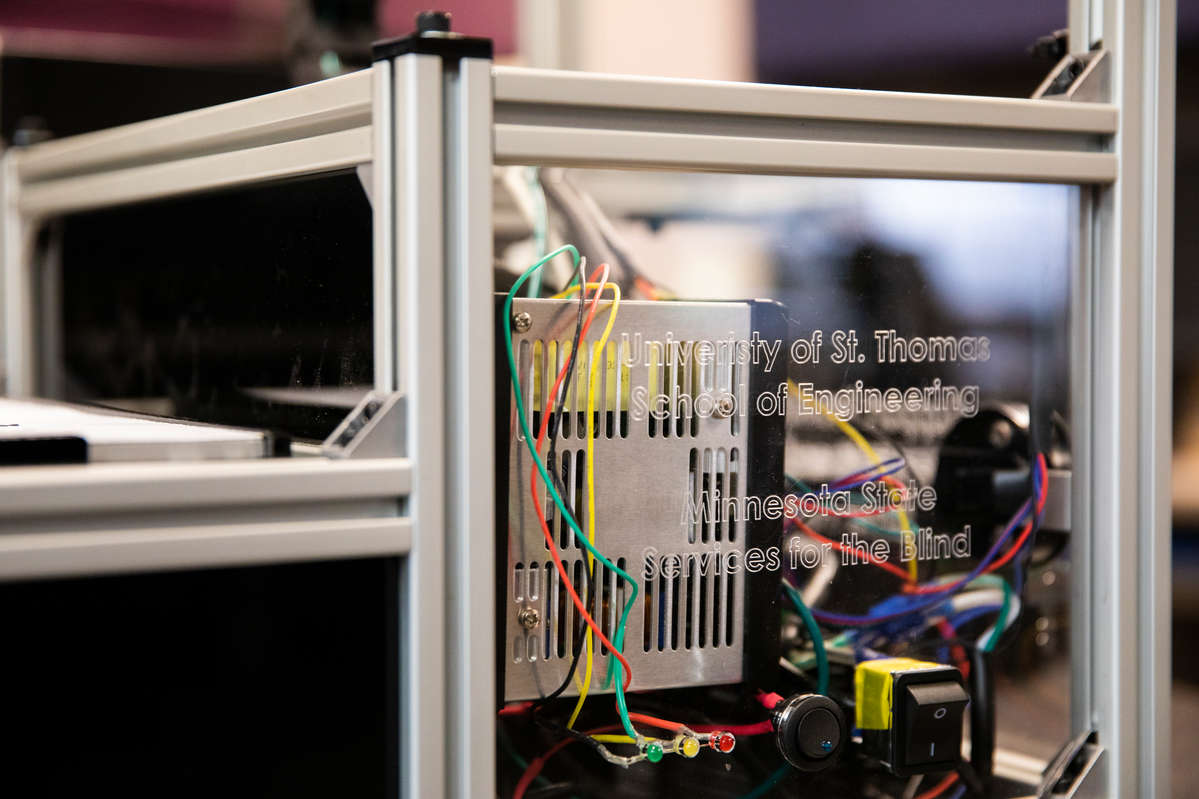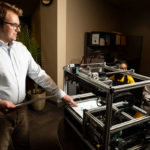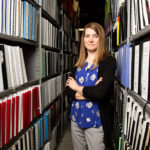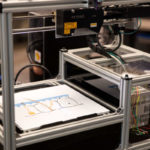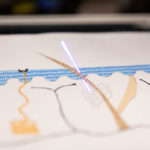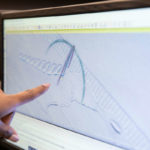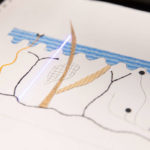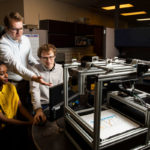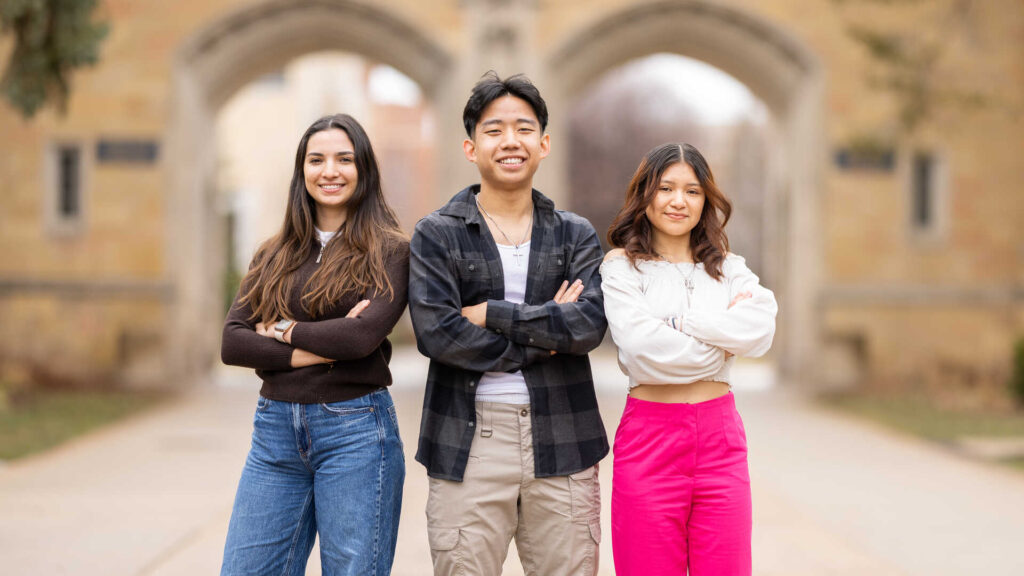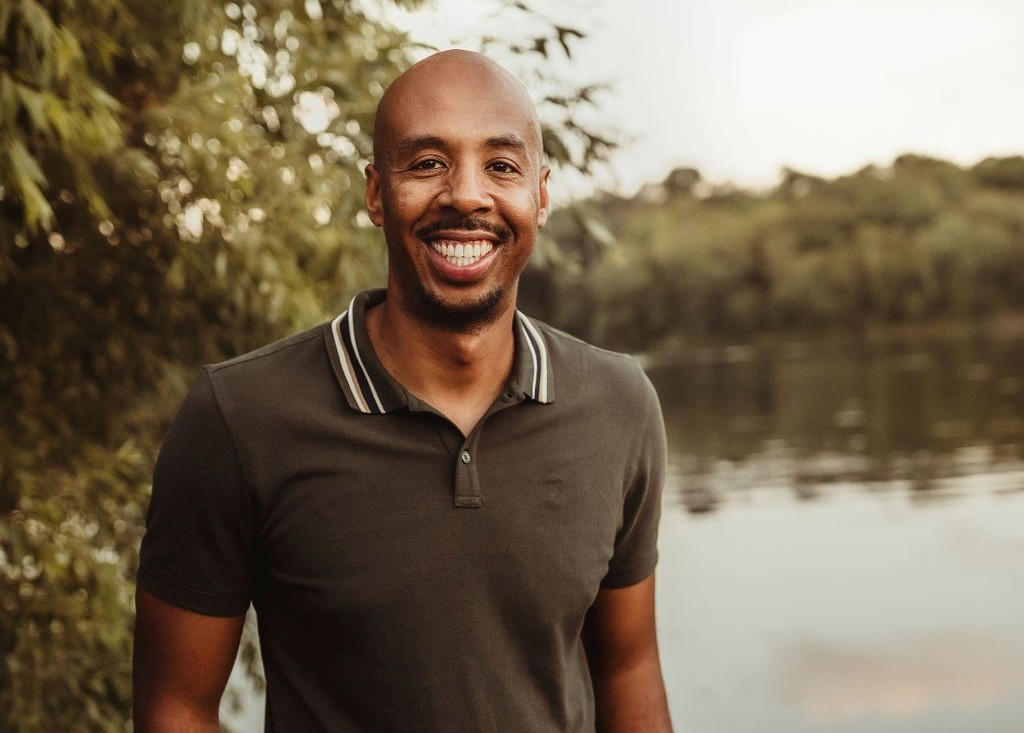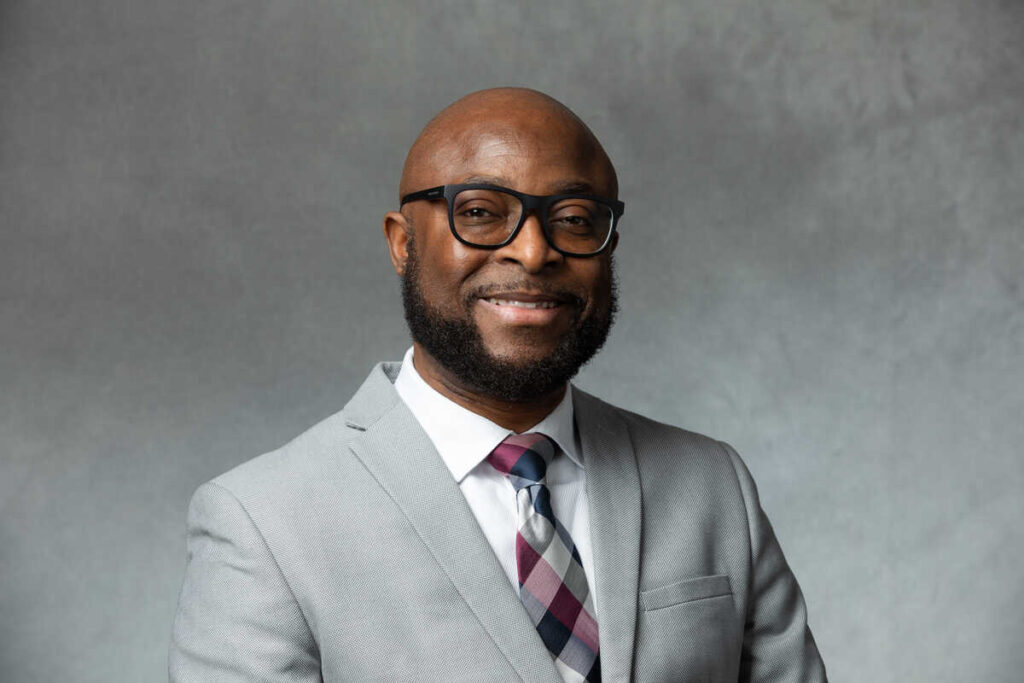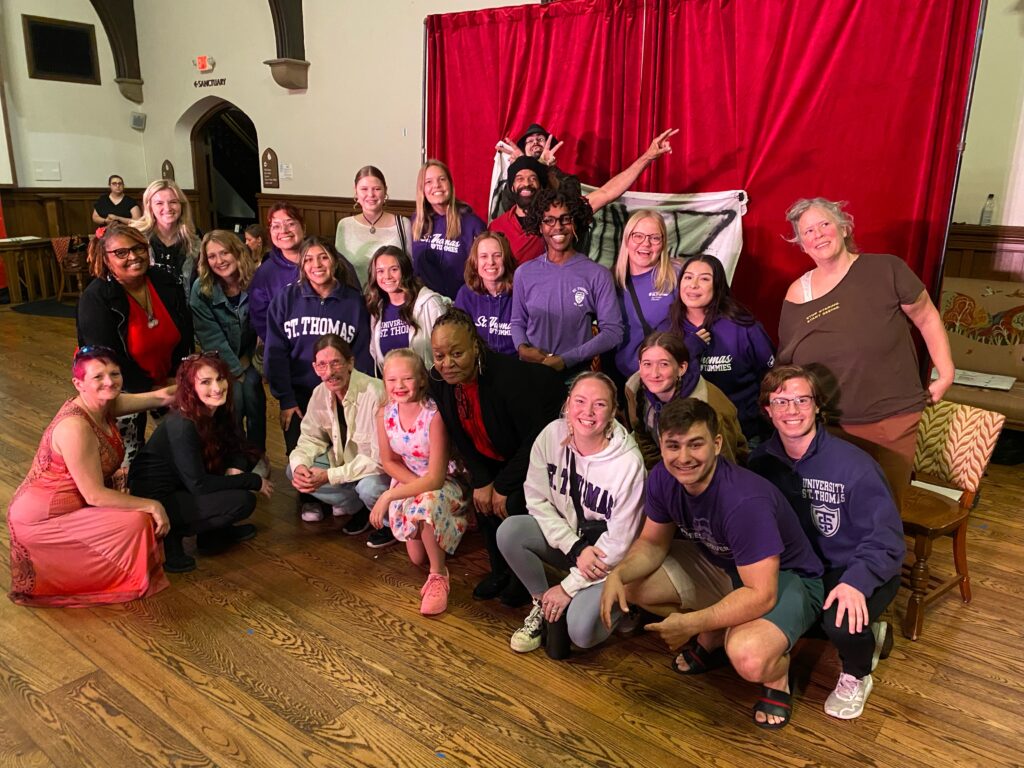Completion of the tactile diagram scanner took three years, three teams and 13 students, with each team working on a portion of the project and handing it off to the next one.
The project started in fall 2017 as an idea from Dennis Siemer, an Engineering Design Clinic sponsor who volunteers with Minnesota State Services for the Blind. His foundation, the Dennis K. and Vivian D. Siemer Foundation, sponsored development of the tactile diagram scanner.
"When we do these multiphase projects where different teams take it and they're done and another team has to take it from there, it really illustrates to the students how important the communication piece is, because they're not going to be around for the next stage," Design Clinic Lead Dr. Tiffany Ling said.
Saving money for Minnesota
In the booklet accompanying the School of Engineering Senior Design Show, students described the tactile diagram scanner's purpose as "digitally preserving original tactile diagrams – tactile representations of visual learning components in textbooks such as graphs, pictures and maps. By saving digital versions of the original physical diagrams, they are protected from damage and are more easily shared with teachers and students across the country."
While converting the words of a textbook into braille is simple, it's much more challenging to convert graphs or images into tactile diagrams.
Up to this point, volunteers and employees at Minnesota State Services for the Blind had no way to prevent original tactile diagrams from being destroyed by fire or natural disaster. The School of Engineering's scanner can scan documents in less than two minutes, preserving the original indefinitely.
As there is no profit in converting textbooks to braille, businesses don't offer the service. The state of Minnesota converts the textbooks for students on an as-needed basis. To convert one textbook costs the state of Minnesota $25,000.
To create copies of existing tactile diagrams, Minnesota State Services for the Blind would use a thermoforming process in which a piece of plastic is heated over a tactile diagram to create a copy. However, a copy of a copy can't be created.
"One of the big issues they (Minnesota State Services for the Blind) had was they have 40,000 of these handmade documents and what they needed was a way to back those up, to preserve those," said Henry Martinson '19 in a KMSP-TV story.
If a fire or other natural disaster destroyed the originals, they couldn't be recreated.
Already in use
Minnesota State Services for the Blind has been involved with the project since the beginning.
"We're in the 21st century, in the technology age and if we can save all of our files, all of our tactile diagrams as a 3-D electronic version, we've come a long way," Allison O'Day, a braille specialist, told KMSP-TV.
Ling currently is looking into the opportunity to have some students add one more function to the tactile diagram scanner – the ability to print the tactile diagrams using Minnesota State Services for the Blind's embossing printers.
Since the tactile diagram scanner combines existing technology for a unique application, there is no patent on the device.
"I know that there are other organizations out there that would be interested in this technology," Ling said. "It's not a unique need – it could go further with other organizations interested in it."
Perhaps an enterprising St. Thomas student could follow in the footsteps of some of the university's successful entrepreneurs by starting a company to explore the opportunity.
| St. Thomas Alumni Who Developed the Tactile Diagram Scanner |
| TEAM ONE: |
| Jacob Liveringhouse '18 |
| Abbie Sis '18 |
| Luke Melander '18 |
| Bridget Carey '18 |
| Emma Miller '18 |
| TEAM TWO: |
| Andrew Johnson '19 |
| Jiaming He '19 |
| Melissa Rose '19 |
| Gabriel Rodriguez '19 |
| Samuel LeVoir '19 |
| TEAM THREE: |
| Henry Martinson '19 |
| Meheret Tadesse '20 |
| Charles Lundquist '19 |
